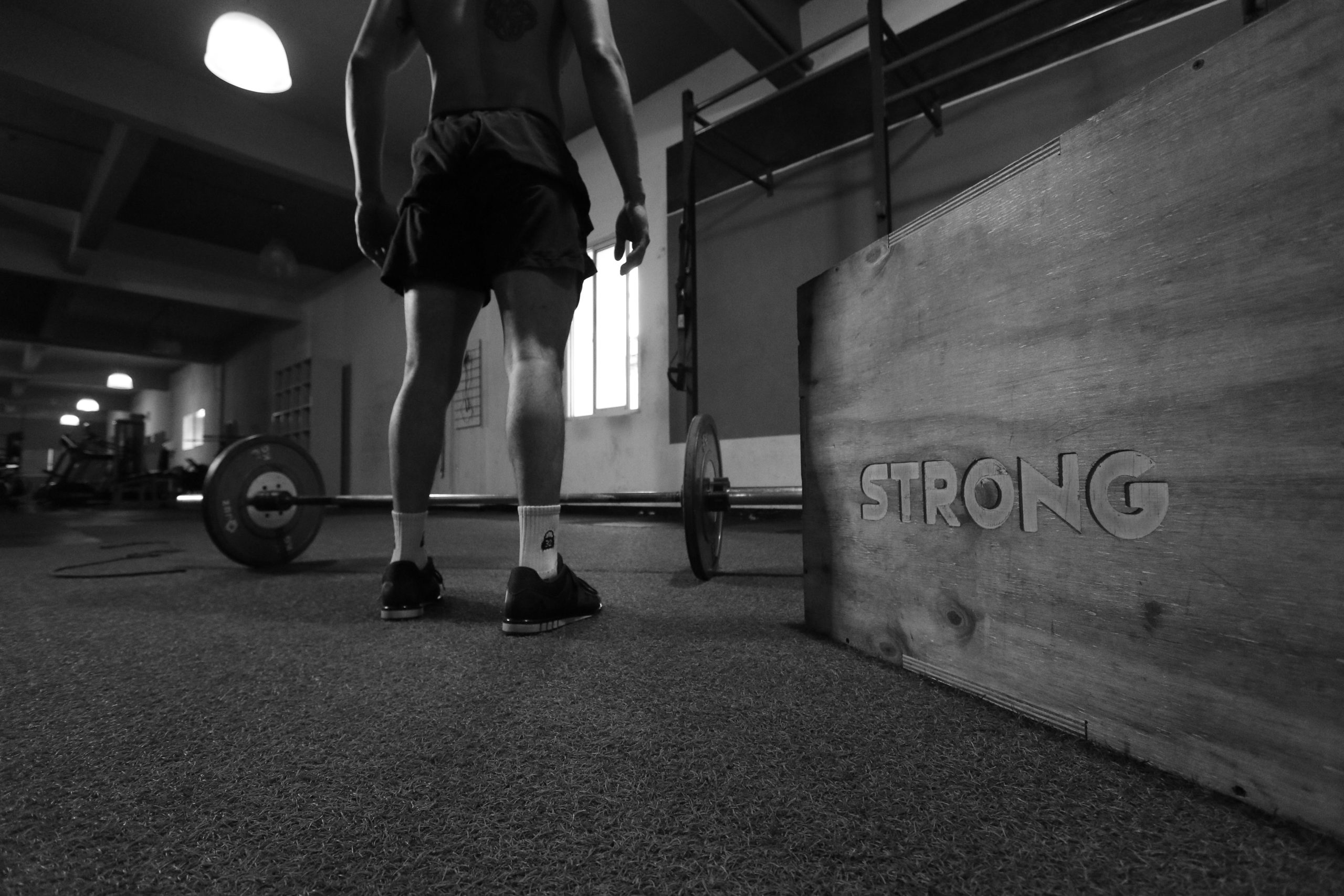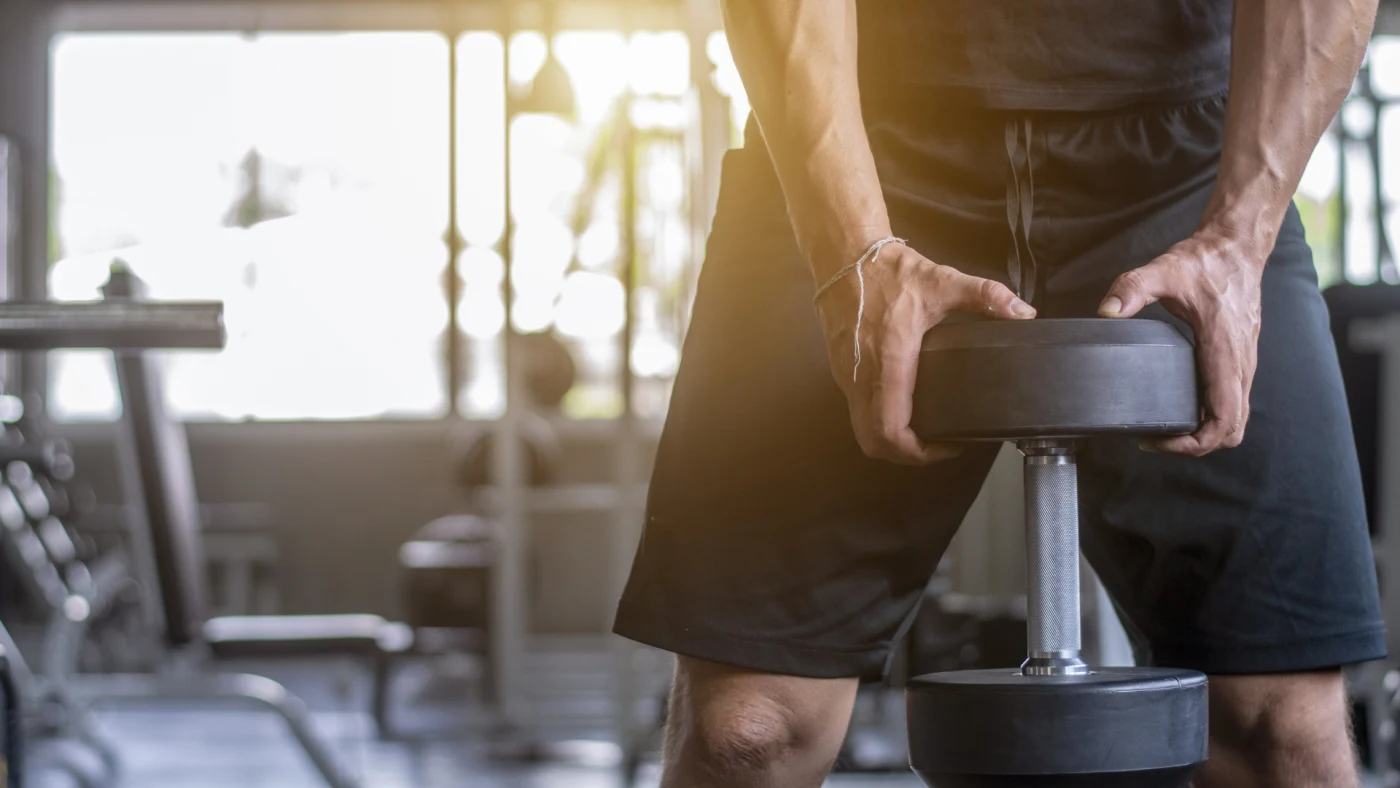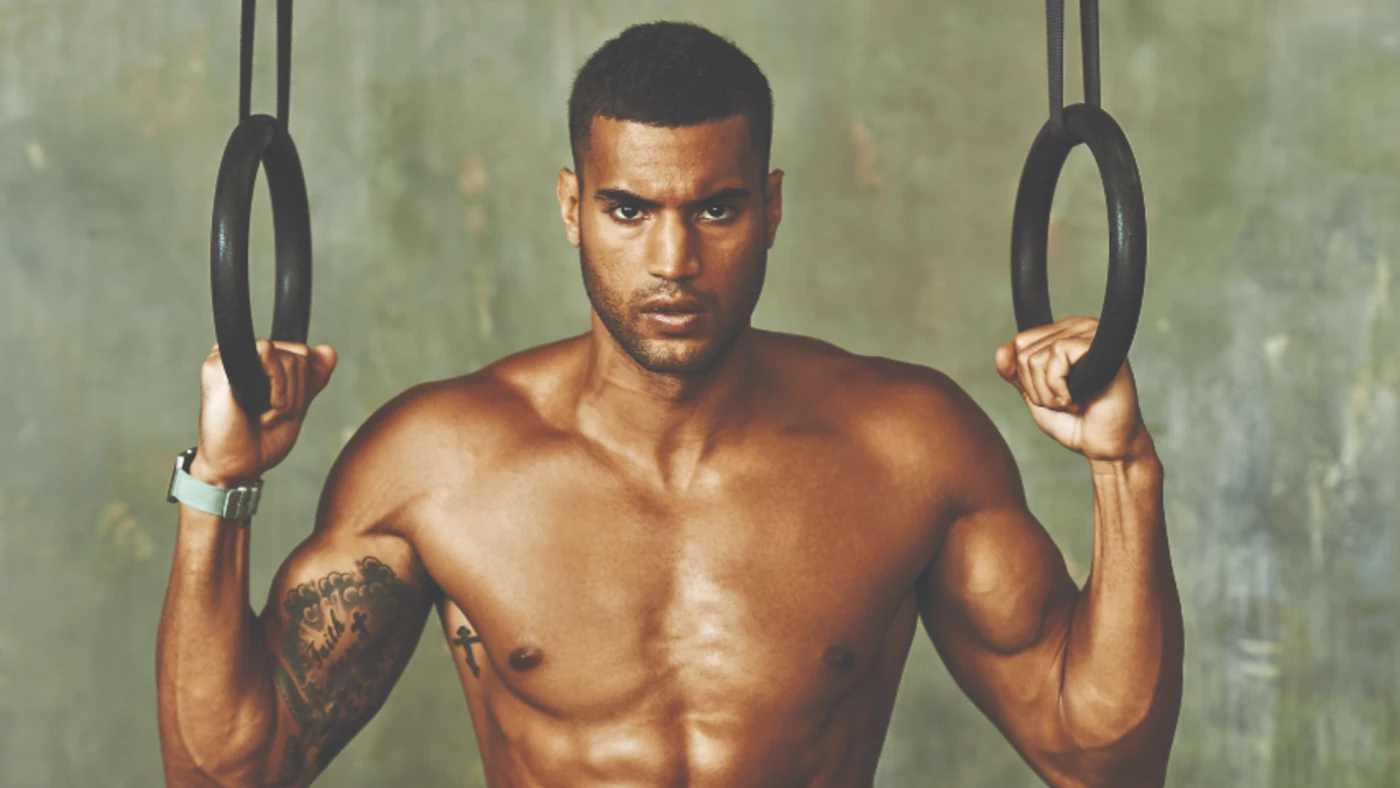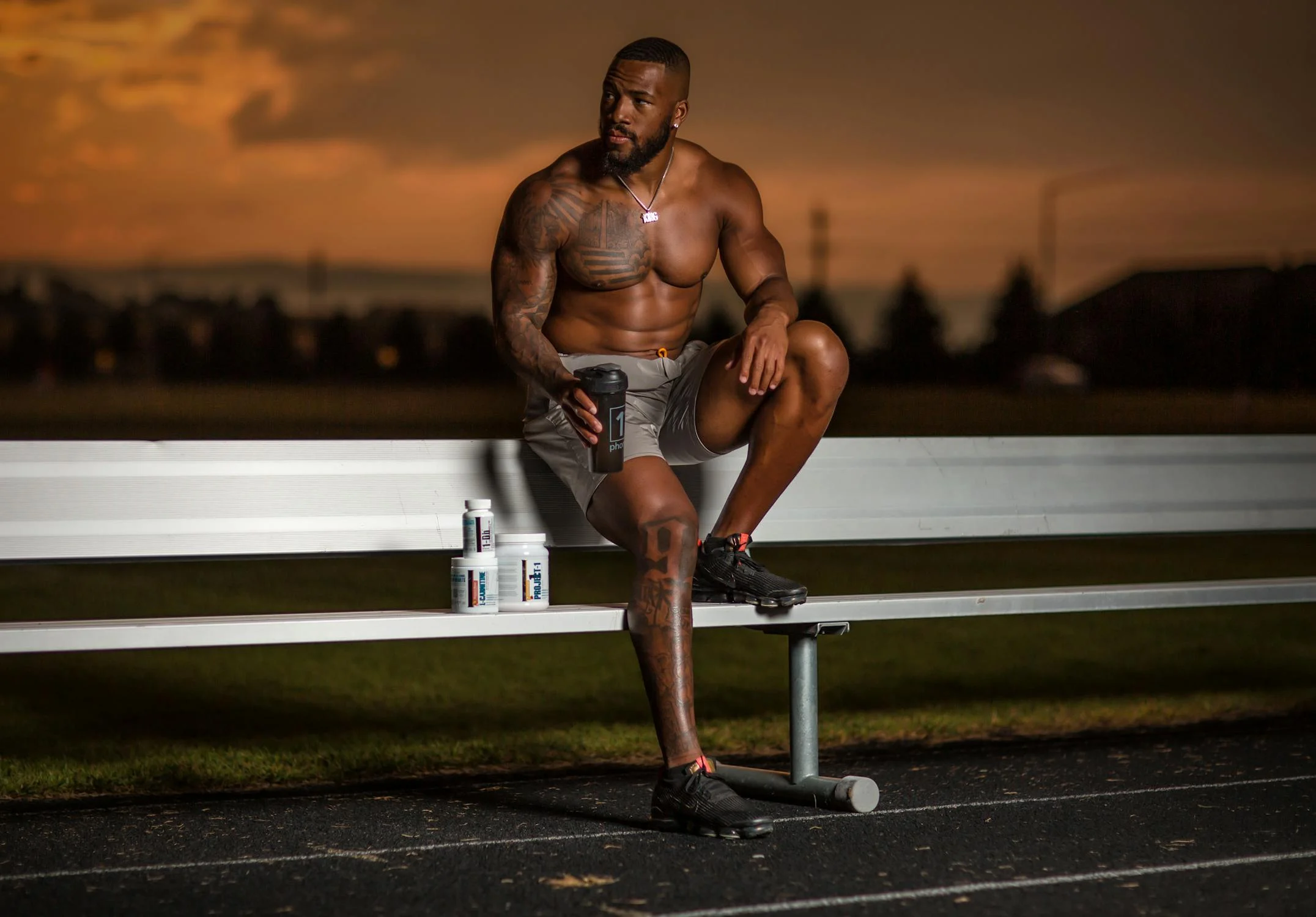Did you know 85% of pro athletes use muscle group combos to enhance training? The 3-day split workout is an efficient way to get results in just three days.
A 3-day split isn’t just a routine; it’s a strategic approach to building muscle and allowing for proper recovery. By pairing the right muscle groups, you can optimize your workouts and avoid burnout.
Whether you’re new to training or experienced, setting up your workout plan matters. This method lets you tailor workouts to your recovery needs and goals.
Key Takeaways
- 3-day splits are as effective as longer routines
- Workouts should last 45-60 minutes
- Smart muscle pairing accelerates muscle growth
- Recovery time is crucial
- Flexibility in design supports individual goals
Understanding Muscle Group Combinations To create an effective workout plan, it’s important to pair muscle groups efficiently. This ensures effective training, allowing for optimal strength and performance.
The human body has over 600 muscles, which can be grouped into:
- Upper Body: Chest, back, shoulders, arms
- Core: Abdominals, obliques, lower back
- Lower Body: Legs, calves, glutes
Strategic Muscle Pairing Benefits Proper pairing helps:
- Increase workout efficiency
- Speed up muscle recovery
- Avoid overtraining
- Ensure balanced growth
Recovery and Growth Principles Muscles need 24-48 hours of rest before being worked again. Training each group 2-3 times a week and focusing on larger muscles first maximizes growth while minimizing injury risk.
The Science Behind 3-Day Split Training The 3-day split balances intense workouts with rest, promoting muscle recovery and growth. Research shows that training muscle groups twice a week can lead to 38% faster muscle growth compared to training once a week.
Muscle Groups to Work Together in a 3-Day Split A balanced approach to muscle pairing is essential. Two common split options are:
- Push-Pull-Legs: Push (chest, shoulders, triceps), pull (back, biceps), legs (quads, hamstrings, glutes, calves)
- Upper-Lower Body Split: Upper body (chest, back, shoulders, arms), lower body (legs, core)
Full Body Training Options Full-body workouts target multiple muscle groups, making them efficient, especially for those with limited time.
Optimal Exercise Selection For each day, focus on compound movements that engage multiple muscles while also including isolation exercises. This keeps workouts varied and challenging.
Recovery Protocols Recovery is essential for muscle growth. Prioritize 48-72 hours of rest between sessions for the same muscle groups. Active recovery like walking or yoga aids muscle healing.
Progressive Overload Gradually increase workout intensity to challenge muscles and stimulate growth. Track progress to monitor strength and performance improvements.
Equipment Requirements For effective training, you’ll need basic equipment like dumbbells, a bench, and a pull-up bar. For home workouts, resistance bands and adjustable dumbbells can also be effective.
Whether at home or the gym, consistency and proper form are key to reaching your fitness goals.





